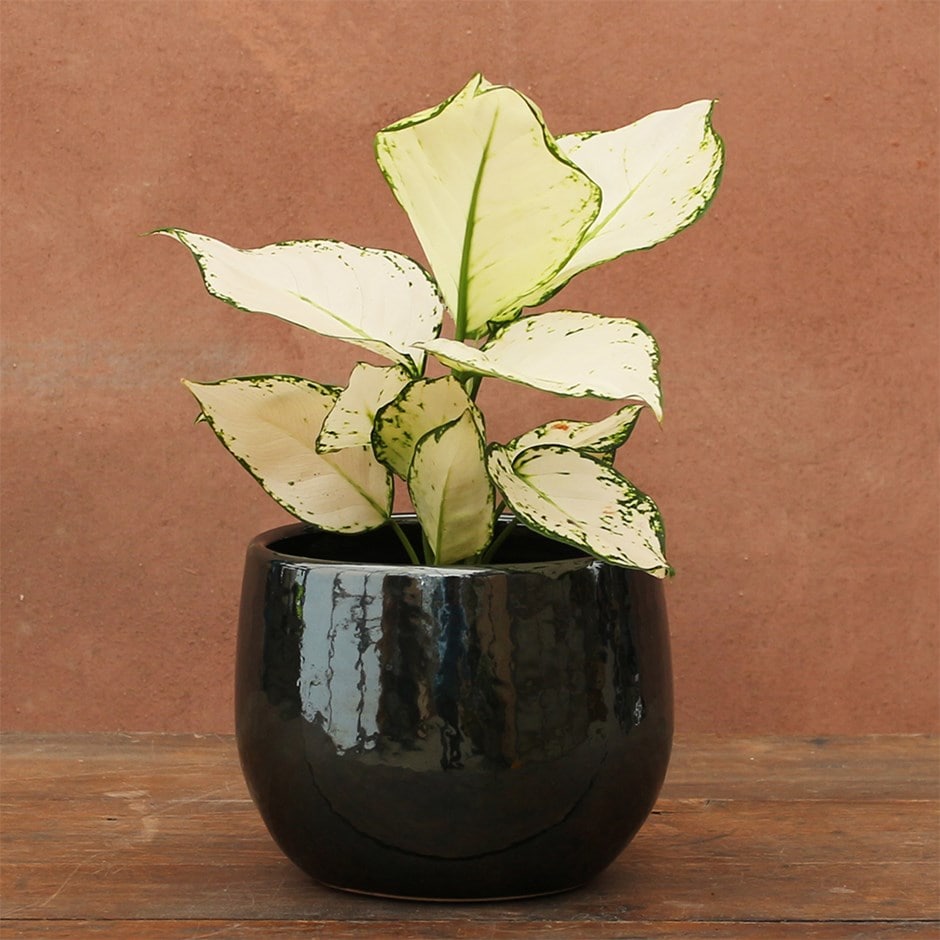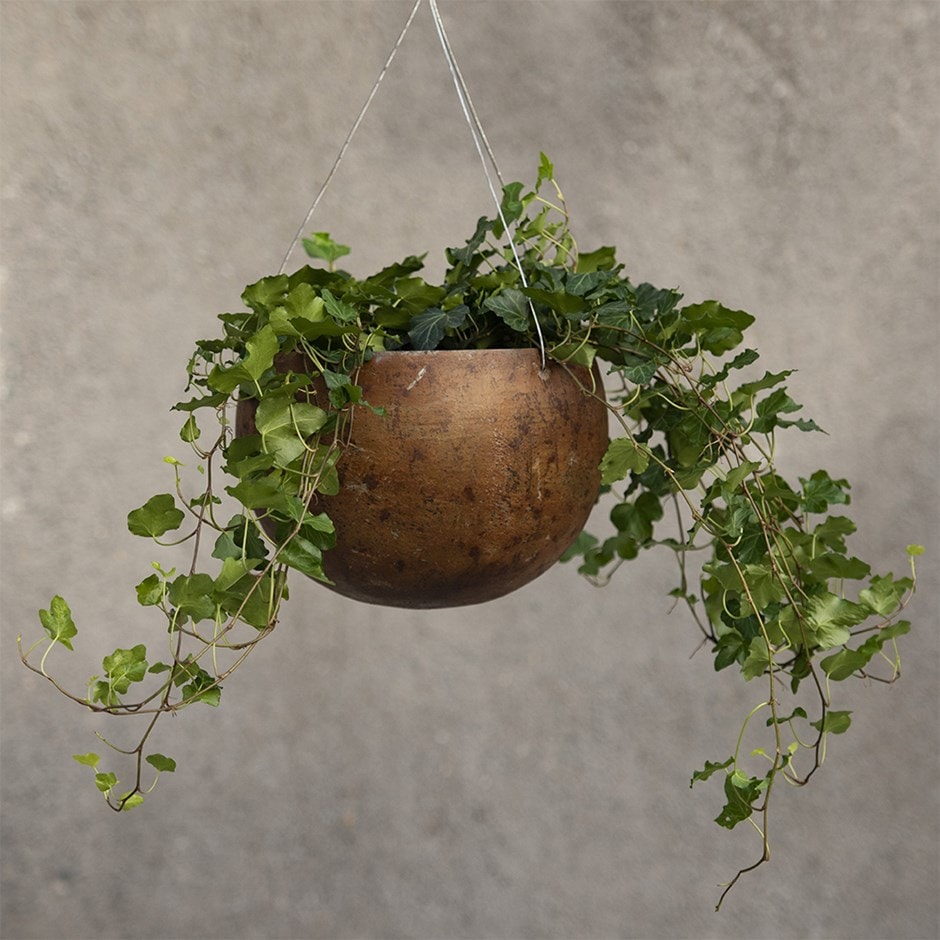These 3 houseplants helped rid my home of damp and made a huge difference to musty smells and humidity – they're super low maintenance too
Can houseplants really help prevent excess moisture in your home? I decided to put them to the test…

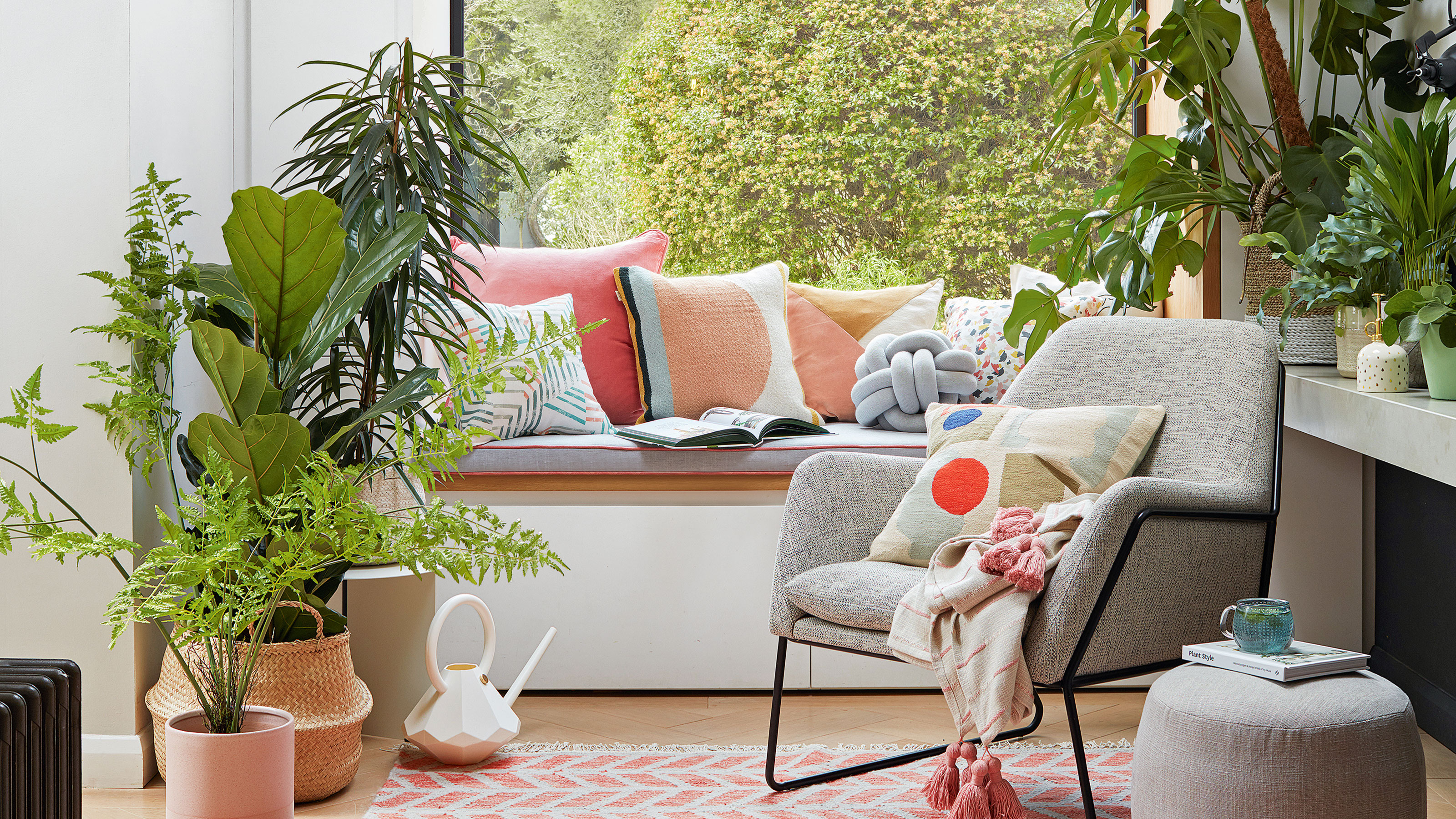
Hello, my name is Kayleigh, and I’m addicted to buying plants. Can you blame me, though? Especially as I added 3 plants to my home to help with damp, and it actually worked.
Yes, while I suspect that plants can’t solve all of life’s problems, they can certainly do the bulk of the work for us – and so, if you’ve been hunting out the most effective ways to get rid of damp in your home, don’t turn your nose up at the best plants for reducing condensation.
With two small children in the house, I almost always have a load of washing on the go. In the summer, this is fine; it goes into the garden for a spin on the washing line. At this time of year, though? It all goes on the clothes airer in the kitchen, releasing moisture into the air, and causing all sorts of problems… so, could houseplants really help with this?
Using indoor plants to combat damp
Well, while I’m still saving up for one of the best dehumidifiers (I’ve been told they’re a must!), I have found a lot of success in adding 3 plants to my home to help with damp.
Part decor, part practical, I love how they look dotted about the place… and I especially love how they help to siphon all of that moisture from the air.
Better still? They’re not all that expensive… although, yes, I may have gone a little overboard on the pots. Without any further ado, then, here are the 3 plants I added to my home to help with damp…
1. Spider plant
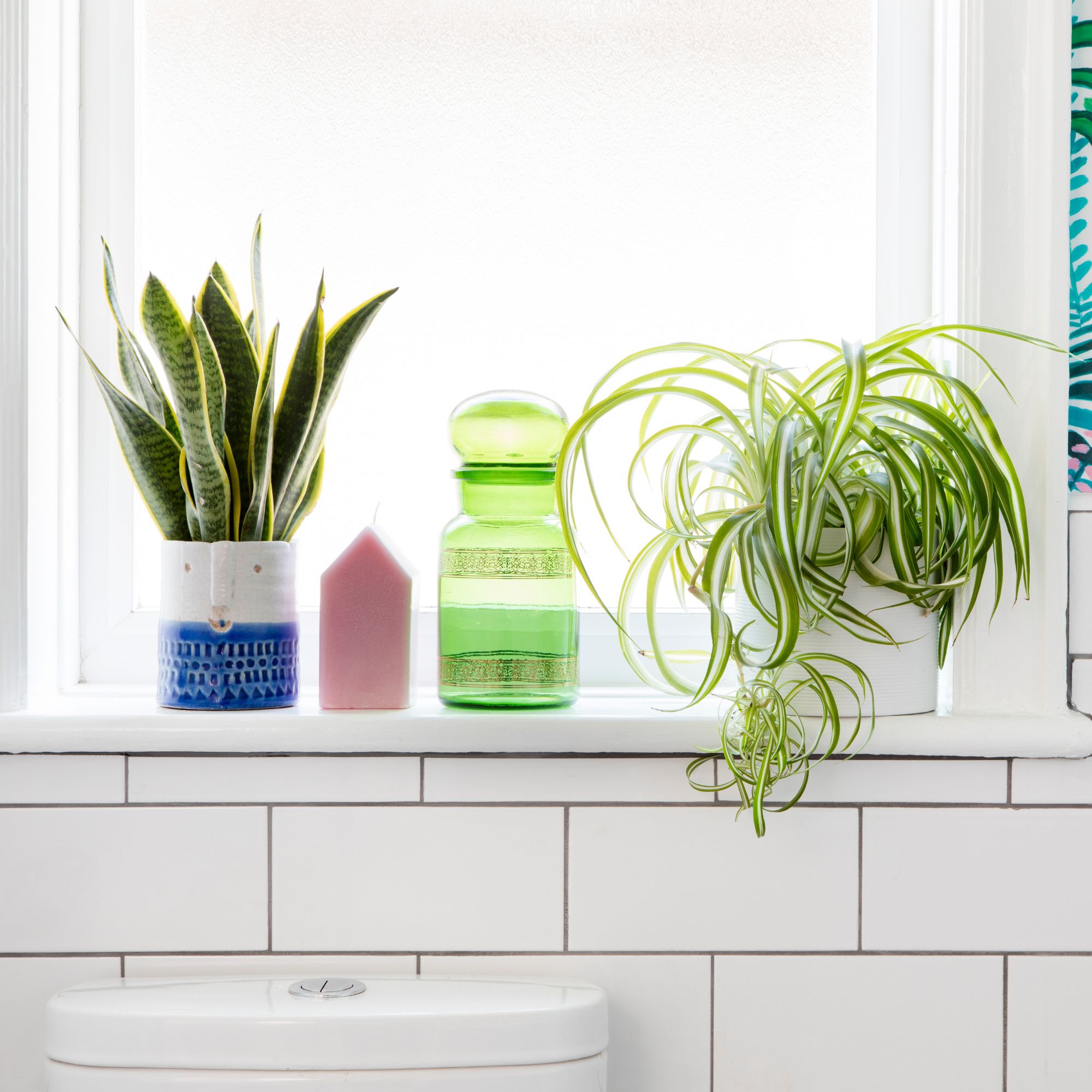
The first of the 3 plants I added to my home to help with damp? Why, the not-so-humble spider plant, of course!
Sign up to our newsletter for style inspiration, real homes, project and garden advice and shopping know-how
These striking houseplants aren’t just one of the most easily recognisable (everyone knows those long white and green tendrils by sight); they’re also one of the easiest to look after.
Remember the small children I mentioned? Well, sometimes I’m so focused on them I forget to show my plants any TLC, but the spider plant never punishes me for it; it’s put up with a lot of negligence over the years, actually.
When you consider it’s a pro at absorbing excess moisture and improving indoor air quality, you have more than enough reasons to try growing spider plant babies for yourself. Otherwise, pick up one of Crocus’ Chlorophytum comosum 'Variegatum, £6.99 plants, stat; you won’t regret it.
2. Chinese evergreen
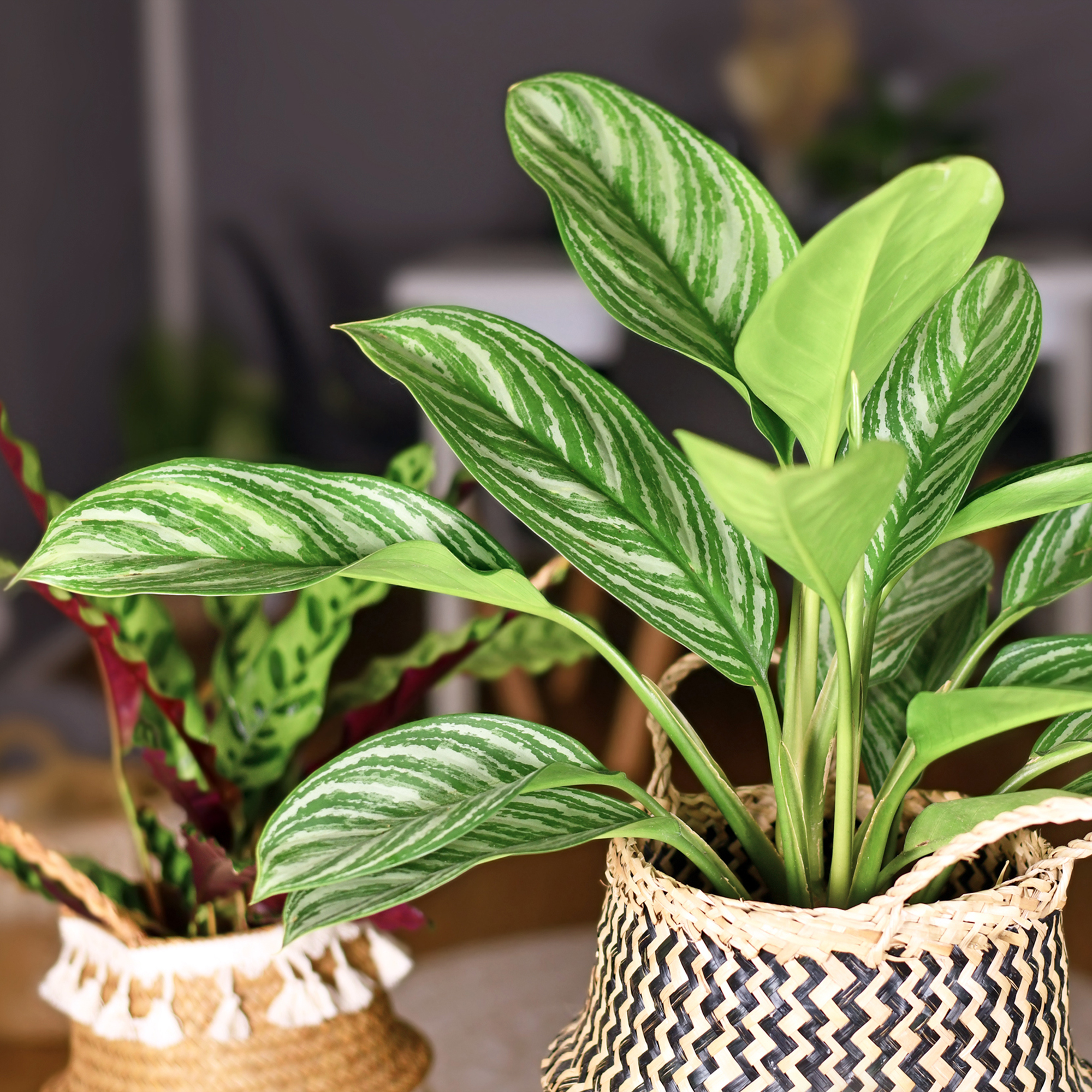
My Chinese evergreen is next on the list of plants I added to my home to help with damp; these basically unkillable houseplants have long been heralded for their ability to reduce humidity levels, and I’ve certainly found this to be true; the devil works hard, but this plant works even harder.
If you fancy doing the same, be sure to find a spot with indirect light; too much bright sun will burn this one’s leaves. Otherwise, it’s ridiculously easy to look after; just keep it moist and away from cold draughts.
Again, you can and should pick up an Aglaonema 'White Joy', £24.99 from Crocus. You won’t regret it, I promise; even if you don’t have a problem with damp, it’s notoriously brilliant at purifying the air in your home.
3. English ivy

I’ve made no secret of my love for ivy over the years, so it makes sense that I have some about the place – both in my garden and inside my house. This glossy evergreen is pretty adept at trapping moisture with its leaves, so you’d best believe it’s a pro choice for anyone who wants to control condensation and prevent mould growth.
It trails beautifully, so it’s great to use on a high shelf or hang it up high. In fact, the Hedera helix 'Wonder', £26.99 at Crocus comes with the option to add on a hanging gourd bowl, which should help you do just this.
Fair warning, though: keep it out of reach of grabby little hands. My poor English ivy took a pretty nasty tumble a few months back, and I’m convinced it was down to my youngest daughter’s curiosity…
Shop my damp-busting plant picks
FAQs
What plants are good for damp houses?
While spider plants, Chinese evergreens, and English ivy are counted among those plants which are good for damp houses, there are others you can use. Boston ferns and peace lilies, for example, are great at controlling humidity and enhancing the overall air quality in your home. Snake plants and aloe vera are also cited as some of the best plants to reduce moisture in damp houses.
What plant removes 78% of airborne mold?
Fun fact: English Ivy is a plant that can remove 78% of airborne mould – and it can do so in just under 12 hours. An extra reason to invest in one, eh? (I realise, at this point, I sound like I've been hired by this oft-maligned plant as its PR person, but I promise: I really am just a fan!)
As I mentioned, they won’t solve all of life’s problems, but I added three plants to my home to help with dampness, and I’ve never looked back. Why don’t you follow my example and do the same? Especially now that temperatures are dropping and moisture levels are rising?
I promise you this: you won’t regret it.

Kayleigh Dray became Ideal Home’s Acting Content Editor in the spring of 2023, and is very excited to get to work. She joins the team after a decade-long career working as a journalist and editor across a number of leading lifestyle brands, both in-house and as a freelancer.

